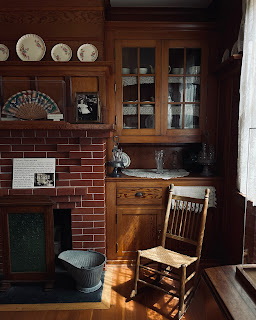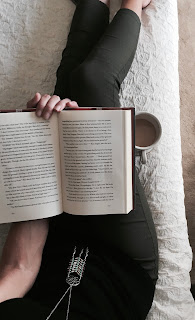For me, it’s shoes. Shoes are my kryptonite. And if I’m being extra transparent, it’s also jackets and belts. But, my biggest love (when it comes to my closet) is shoes.
I counted my shoes once (several years ago) and I think it was 65. Which to some, may be a lot. To others, it may be just a drop in the bucket. Regardless, I had all of these amazing shoes; shoes I swore I loved – all of them.
But here’s the kicker about my kicks: I only wore a handful of them, probably a dozen or less, every year. Out of 60, I wore 12 regularly. (There were a few that I wore once or twice a year and the rest were worn on an average of once a year). That’s a 20% wear rate. This tends to be the hard rule when it comes to our closets: we only wear 20% of our things 80% of the time.
Boots, sandals, flats, heels, you name it: it was (and still is) a huge love in my life. While my closet is pared down to bare bones these days (meaning, I love to wear and do wear everything in my closet), shoes are the one thing on which I pull the minimalism brakes hard.
It’s not that I didn’t want to pare down, it’s that I loved having so many choices.
But once I came clean with myself and admitted my sin of omission (that shoes didn’t count in my minimalism journey) I began to slowly - that is the key word when it came to my weakness, slowly – donate, sell, or toss the ones that got little to no wear.
Here are a few pointers on how I was able to pare down (but still maintain) my love affair with shoes.
Take it slow - As I mentioned before, getting rid of my shoes was a prolonged process. I’d go into my closet and omit a few, then let it be. Another season would pass, and I’d get rid of a few more. It took me years to get down to what mattered in my shoe stash. I’m still paring down. This is the last item in my closet to be decluttered. As I said, it’s my favorite thing, and letting go is a slow process… and that’s okay!
Get rid of duplicates - This is an easy one to implement. I had several pairs of black flats, several pairs of brown flats, several boots of the same color, etc. Duplicates were all over my shoe piles. And when I looked at the duplicates in more depth, I realized I wore one pair far more than the other duplicates. I put the copies into the donation pile that can now go to someone who will wear them.
Try them on - This one makes me laugh, but I have had numerous pairs of shoes and sandals, heels, and boots that do not fit me. At the time I bought them, I figured I’d “work” them in and then they’d fit right. Nope. They never did. I learned to make sure shoes fit right first so that I wasn’t just throwing money down the drain. If you have shoes in your closet that don’t fit, stop torturing yourself (and your feet) and toss them! Time won’t change the size of your feet.
Focus on the now (not the what-if) - I think many women are guilty of this one: we buy beautiful shoes in the hopes we will get to wear them in the future! Can I just tell you how many shoes I’ve owned that fit this category? Tons! Either the opportunity never came, or the event did, and I wore the shoes once. Then they sat abandoned in my closet. I was focused on the “what if” future event rather than living in the now, with shoes I could be wearing (not hoping to wear). I’ve adjusted my delusions of grandeur and only buy shoes when I know I’ll need them.
Be realistic - This goes with the above category. Be realistic. You’ve got two feet, with only so many places to visit. The odds are good you’ll favor one pair over many others, and regret purchasing the others that never get worn. I can attest to this. I went on a tropical vacation a few months ago. I brought six pairs of sandals. Guess how many I wore regularly that week? One! (and a pair of flip-flops) Yes, just one. I was angry at myself for overpacking. Less is so much more. Not to mention, it’s less expensive.
While I don’t have 65 pairs of shoes anymore, I have lessened my shoe load to about 25 which is still a lot – and yes, I’m working on lessening it to the main 12 or so I wear regularly. I am a full-fledged minimalist and I still can’t pair down to the 12 I know I wear! Change takes time.
Author Courtney Carver goes into deep detail about minimalizing the clothing closet in her book Project 333. I’d highly recommend this book to any minimalist lover needing a little help with their closet (and shoes). While I'm not that extreme of a minimalist in my closet, (I enjoy fashion too much for that), she speaks relevant truth about how to truly keep what we love and how we wear it.
The process of minimalism on items we love is a journey. It took me decades of accumulating shoes, so it’s going to take me time to pare down to what I love. The same may be true for you. Your "weakness" could be something totally different from what someone else's is. It could be cookbooks, plastic containers, rubber bands, or t-shirts. Remember to take things slowly, be kind to yourself, eliminate duplicates, try on what you have -or find out if you use what you have, - focus on where you are today, and be realistic: good changes take time.
With a little time and the goal of being someone who uses what they have (even if your family isn't a part of this process), you too will be able to let go of some of your favorite things you don’t need, wear, or use - even if you think you do.
-HJS













